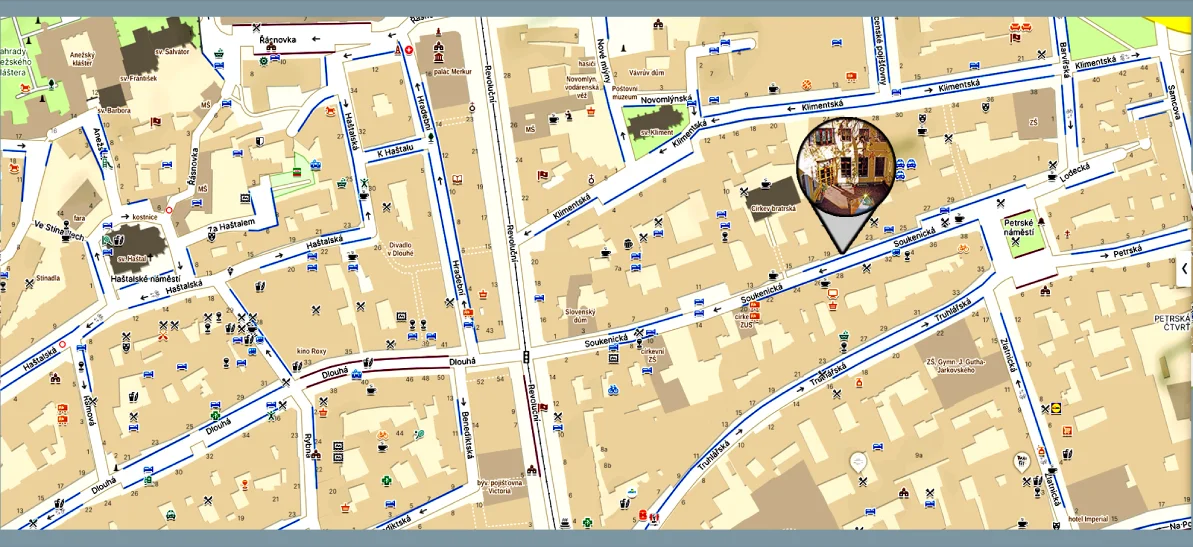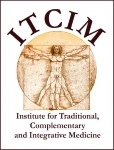
Dr. Dilip Ghosh - Australia
Abstract of the presentation
Globalisation of Ayurveda Through the Evidence-Based Nutraceutical Route
Branch: Ayurveda (Nutraceuticals)
We are increasingly realising that the ‘One disease–one target–one drug’ concept does not always lead to successful disease control. This concept has led to new developments in drug discovery including systems-based approaches using the principles of multitarget pharmacology. It is generally accepted worldwide that modern pharmaceuticals will remain out of reach of many people and “health for all” may only be realised by the use of adequately assessed nutraceutical/phytomedicinal products including Ayurvedic medicines. Ayurveda can be considered as a complex intervention, which includes maintaining a healthy lifestyle and using Ayurvedic therapies and medicines and, lastly, the spiritual intervention. The globalisation of Ayurvedic medicines and their spread to the postmodern West is a paramount challenge. The integration of contemporary biomedical subjects like biochemistry, pathology, pharmacology, emergency medicine, etc. with Ayurvedic medicine in terms of practice and education (bilateral) may be the most important reforms towards globalising Ayurveda. Embracing modernity by the Ayurvedic community does not mean blind acceptance of Western logic and reductive methodologies. We need a very balanced and evidence-based integrative model of the two systems of medicine and through the nutraceutical route. One of the most successful examples of integration of traditional knowledge with modern medicinal concept is fenugreek. It has been scientifically studied for chemistry, pharmacology, clinical, and health-promoting benefits. Fenugreek, with its bioactive phytoconstituents such as amino acids, alkaloids, glycosides, soluble fibres, and phenolic compounds, could be a good candidate for herbal/botanical drugs with the support of all modern randomised clinical studies. The search on online scientific databases results in a large number of scientific publications on the efficacy and safety of fenugreek and its derived phytoconstituents.
Please note that some of the texts also include machine-generated translations.





